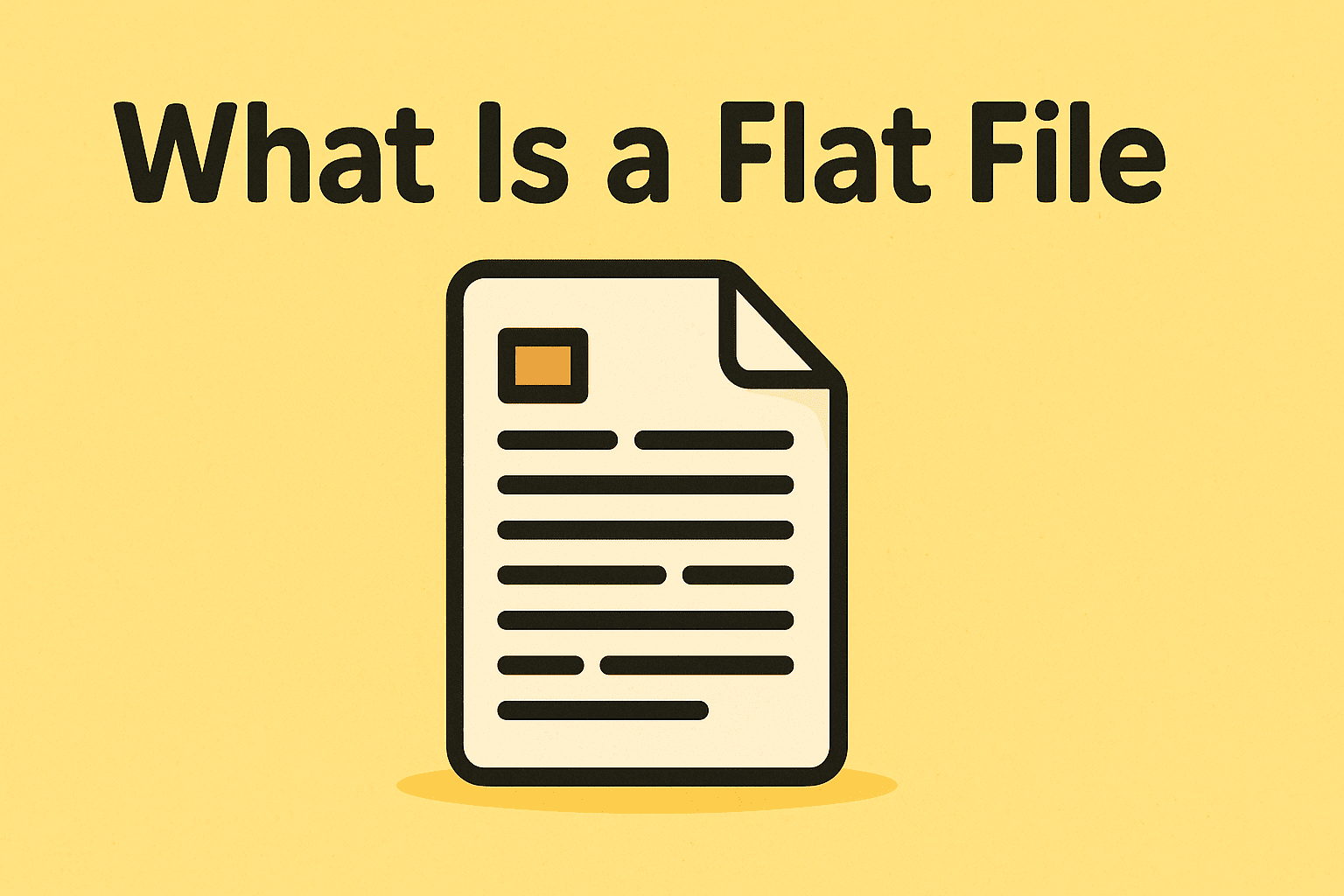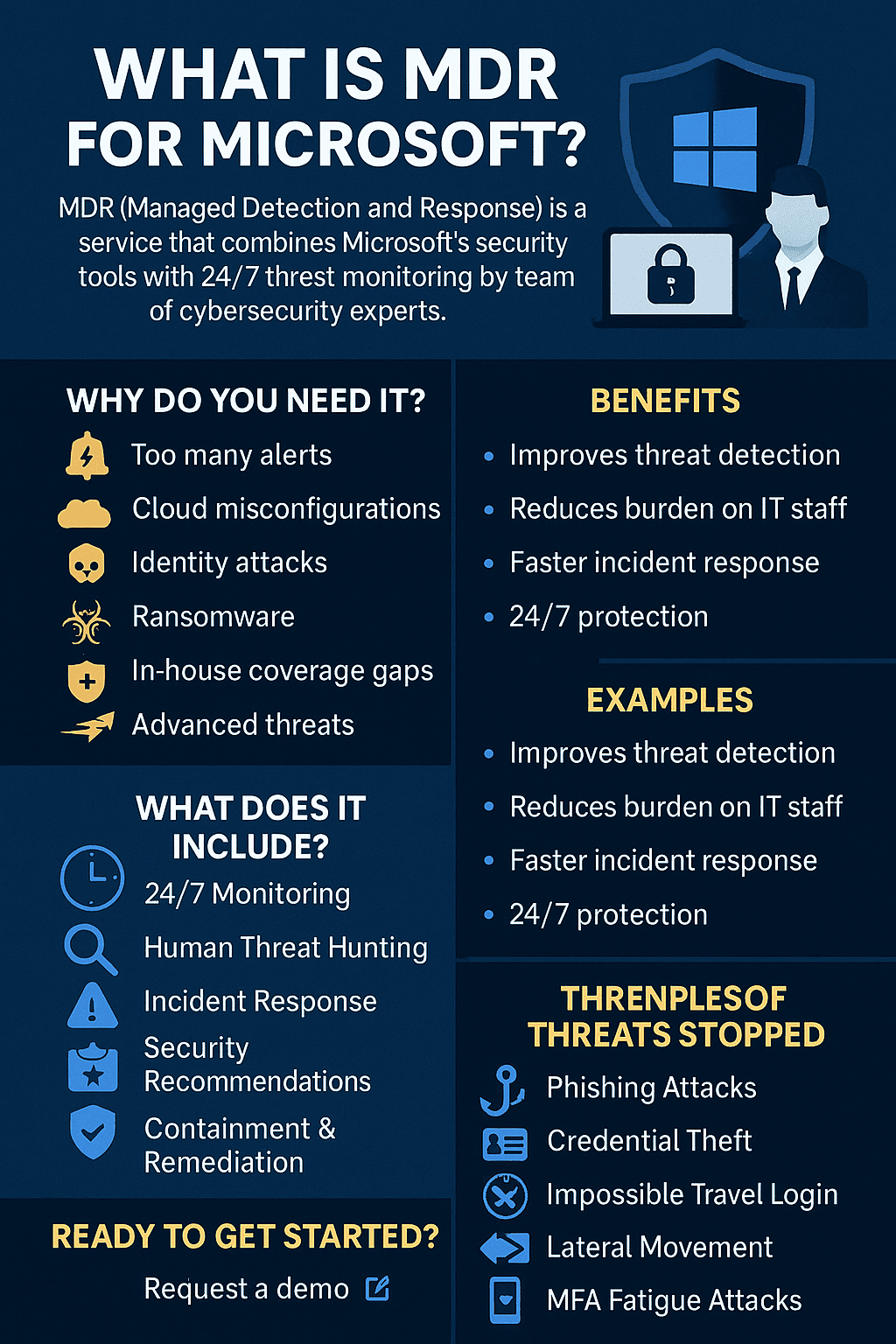What Is a Flat File? A Complete Guide for IT and Cybersecurity Professionals
Updated on October 6, 2025, by Xcitium

With today’s explosion of cloud databases and AI-driven analytics, you might assume older data formats are obsolete. Yet one question still comes up often in IT and cybersecurity: what is a flat file?
Introduction: Why Understanding Flat Files Still Matters
Flat files remain essential for data exchange, storage, and migration in industries ranging from finance to healthcare. They’re simple, lightweight, and easy to process—but also come with limitations compared to modern relational databases. For IT managers, cybersecurity professionals, and CEOs handling large data ecosystems, knowing how flat files work is crucial for making informed decisions about storage, compliance, and security.
What Is a Flat File?
A flat file is a type of database or data storage format that stores information in plain text without structured relationships between records. Data is typically separated by delimiters such as commas, tabs, or pipes.
Example of a Flat File (CSV format):
👉 In simple terms: A flat file is a single, two-dimensional table of data, unlike relational databases that support multiple tables with complex relationships.
Characteristics of Flat Files
To understand what a flat file is, let’s break down its main features:
-
Plain Text Format – Easy to read and process with basic tools.
-
Delimited Data – Uses characters (commas, tabs, etc.) to separate fields.
-
No Relationships – Each row is independent; no foreign keys or joins.
-
Lightweight – Requires minimal storage space.
-
Portable – Easily shared across systems and applications.
Flat Files vs Relational Databases
| Feature | Flat File Database | Relational Database (RDBMS) |
|---|---|---|
| Structure | Single table | Multiple tables with relationships |
| Storage Format | Plain text (CSV, TSV, etc.) | Structured SQL-based storage |
| Data Redundancy | High | Low (normalized data) |
| Performance | Good for small datasets | Better for large, complex datasets |
| Security | Basic file-level security | Advanced access controls & encryption |
| Use Cases | Data exchange, logs, backups | Enterprise systems, ERP, CRMs |
👉 Verdict: Flat files are simple and portable, but relational databases are better for complex, large-scale data management.
Common Formats of Flat Files
Flat files can appear in different forms, depending on how data is separated:
-
CSV (Comma-Separated Values): Most popular format for spreadsheets and exports.
-
TSV (Tab-Separated Values): Common in scientific data.
-
Fixed-Width Text Files: Fields occupy a set number of characters.
-
Log Files: System logs and security events stored line by line.
Use Cases: When Flat Files Are Still Relevant
Even in 2025, flat files remain widely used across industries:
-
Data Migration – Moving data between systems during upgrades.
-
System Logs – Cybersecurity teams rely on flat file logs for analysis.
-
APIs & Data Exchange – Many applications export/import CSVs for compatibility.
-
Backups & Archiving – Lightweight storage for long-term records.
-
Machine Learning Datasets – Training data often comes in CSV format.
Security Concerns With Flat Files
Since flat files lack built-in encryption and user access controls, IT managers must secure them carefully.
Key Risks:
-
Unencrypted Storage – Data can be read if files are stolen.
-
Data Redundancy – More copies increase exposure risk.
-
Human Error – Easy to overwrite or delete important data.
-
Lack of Access Control – Anyone with file access can read or modify.
Best Practices for Securing Flat Files:
-
✅ Encrypt sensitive data before storage.
-
✅ Use Endpoint Detection & Response (EDR) to monitor file activity.
-
✅ Apply strict file-level access permissions.
-
✅ Automate regular backups to secure environments.
-
✅ Audit logs for unauthorized access attempts.
Advantages of Flat Files
Why do organizations still use flat files?
-
Simplicity – Easy to create and manage.
-
Compatibility – Works across many platforms and tools.
-
Low Resource Requirements – No database server needed.
-
Portability – Quick sharing between teams and systems.
-
Human-Readable – Easy to inspect and debug.
Disadvantages of Flat Files
While useful, flat files have limitations:
-
❌ Redundant Data – Can lead to inefficiency.
-
❌ Lack of Relationships – No support for relational queries.
-
❌ Scalability Issues – Struggles with very large datasets.
-
❌ Limited Security – Weak protections compared to databases.
-
❌ Error-Prone – Manual edits may corrupt formatting.
Flat Files in Cybersecurity
Cybersecurity teams often work with flat files for:
-
Log Analysis – Reviewing access logs for suspicious activity.
-
SIEM Integration – Security Information and Event Management tools ingest flat file logs.
-
Threat Intelligence Sharing – CSV formats often used for indicators of compromise (IoCs).
-
Compliance Reporting – Exporting user activity in flat file reports.
👉 Despite their simplicity, flat files are a critical resource for cybersecurity monitoring and investigations.
The Future of Flat Files
While cloud databases and APIs dominate, flat files won’t disappear anytime soon. Instead, expect:
-
Hybrid Use – Flat files for exchange, databases for storage.
-
AI-Powered Parsing – Smarter tools to interpret flat file data.
-
Increased Encryption – Built-in security for sensitive datasets.
-
Automated Data Pipelines – Seamless integration into ETL (Extract, Transform, Load) workflows.
FAQs: What Is a Flat File?
1. What does flat file mean in databases?
It refers to a single table stored in plain text without relationships between data.
2. Is a CSV file a flat file?
Yes, CSV is one of the most common types of flat files.
3. Are flat files still used today?
Yes, especially for data exchange, logs, and backups.
4. What is the difference between a flat file and a relational database?
Flat files are simple and unstructured, while relational databases store structured data across multiple linked tables.
5. Are flat files secure?
By default, no. They require encryption, access controls, and monitoring for safe handling.
Conclusion: Flat Files as a Simple but Important Tool
So, what is a flat file? It’s a plain-text data format that stores information in a simple, tabular structure without complex relationships. While they may seem outdated compared to modern relational databases, flat files remain relevant for data exchange, backups, logging, and cybersecurity workflows.
For IT managers, cybersecurity professionals, and CEOs, the key is to recognize when flat files are the right choice—and when more advanced storage solutions are necessary.
👉 Ensure your data handling practices are both efficient and secure: Request a Demo Today















